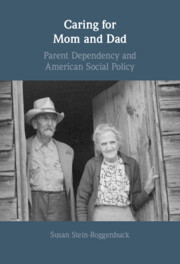Studies using data from the early 1990s suggested that while the progressive Social Security benefit formula succeeded in redistributing benefits from individuals with high earnings to individuals with low earnings, it was much less successful in redistributing benefits from households with high earnings to households with low earnings. Wives often earned much less than their husbands. As a result, much of the redistribution at the individual level was effectively from high earning husbands to their own lower earning wives. In addition, spouse and survivor benefits accrue disproportionately to women from high income households. Both factors mitigate redistribution at the household level. It has been argued that with the increase in the labor force participation and earnings of women, Social Security now should do a better job of redistributing benefits at the household level. To be sure, when we compare outcomes for a cohort with a household member age 51 to 56 in 1992 with those from a cohort born twelve years later, redistribution at the household level has increased over time. Nevertheless, as of 2004 there still is substantially less redistribution of benefits from high to low earning households than from high to low earning individuals.
